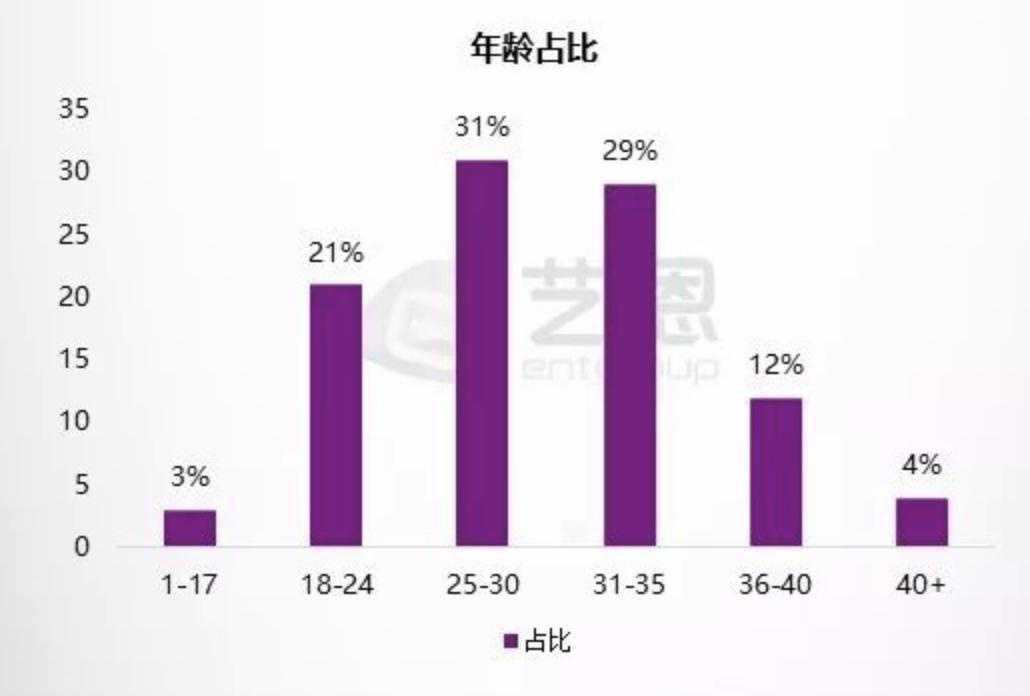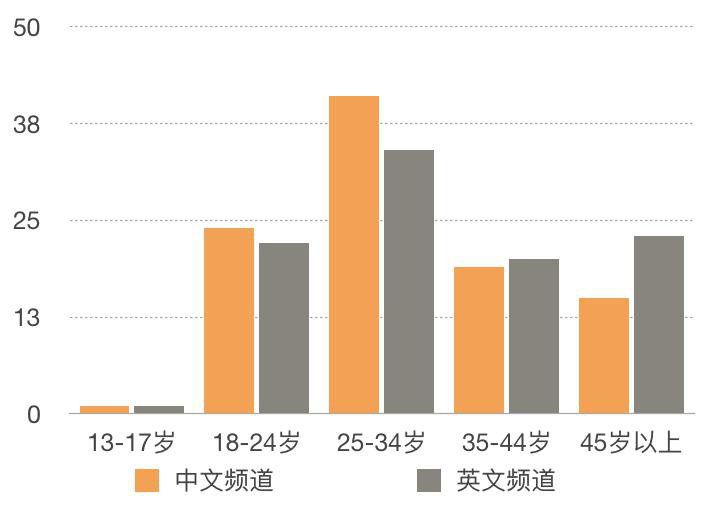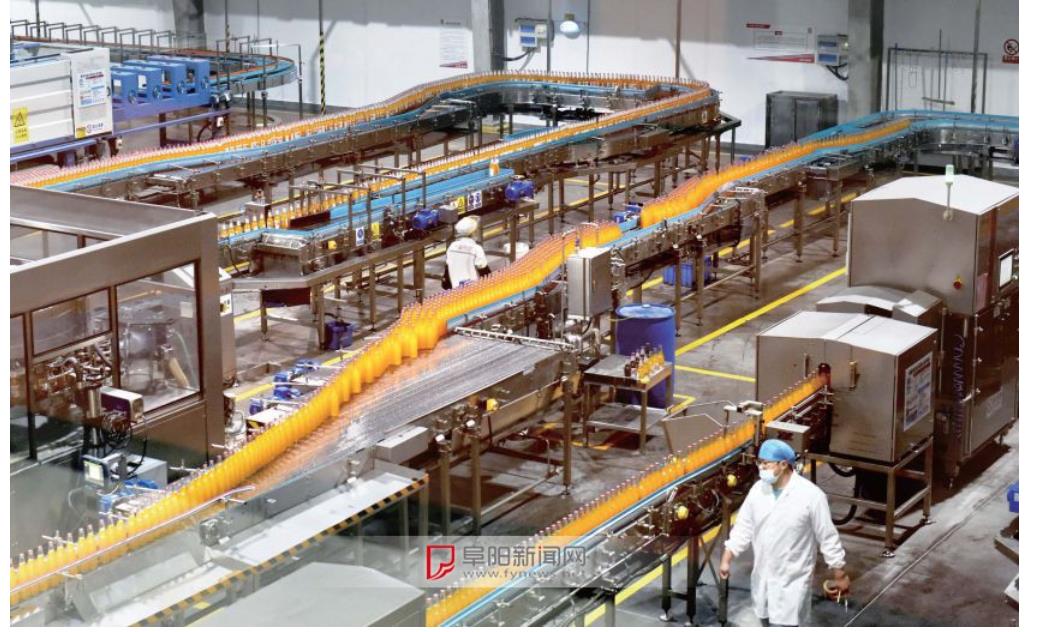On June 20th, AI ‘an released a set of Vlog for China families with more love. Xiao Yong, deputy general manager of Ai ‘an, turned into a Vlogger, bringing a "more AI family SUV" to young family users & mdash; — 2024 AION V Plus, the new car is priced at 159,900 yuan — 232900 yuan. Among them, only 170 thousand can buy 7 pure electricity.

Create the "BAT era" top three pattern "explosive manufacturing machine" Ai ‘an has a new explosion.
As an "explosive manufacturing machine", Ai ‘an only makes explosive models: In May this year, Ai ‘an sold as many as 45,003 vehicles, ranking the top two in the industry for two consecutive months, opening the "BAT era" of the new energy automobile industry. The two explosive models have been widely favored by young hipsters. The AION S series is stable in pure electric A-class car NO.1, and there is one AION S for every three A-class pure electric cars. AION Y series, the monthly sales volume once exceeded all fuel vehicle SUVs, and led the pure electric SUV market into the "YY era" on its own.
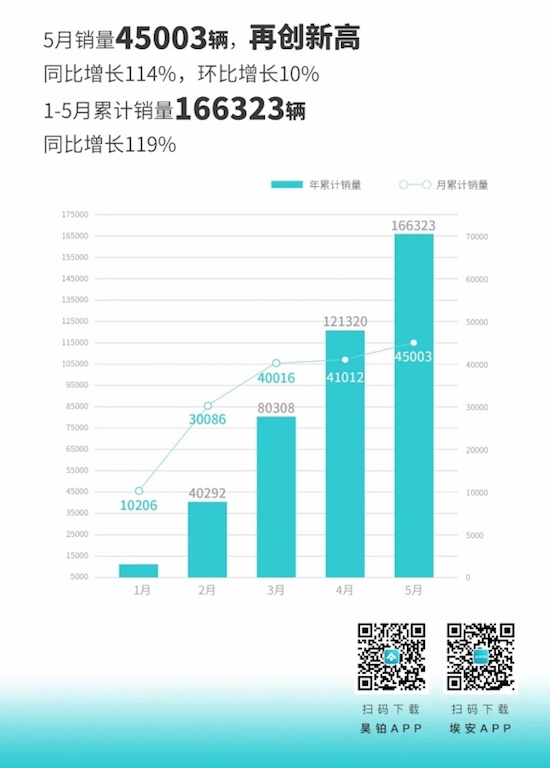
There are often young cars, but there are few cost-effective home SUVs. At present, the market segment of family SUV is either more than 300 thousand with six seats and seven seats, and there is a "premium" range; Or barely meet the basic needs within 200,000, so that the "mutual will" between families becomes the normal state of car use. This time, Ai ‘an set his sights on the family group with a huge base, joined 750,000 users, thoroughly studied all the travel scenes of the family, summarized six high-frequency usage scenes of the family, and created 2024 AION V Plus, hoping to meet the needs of every family member.
Focus on the six high-frequency usage scenarios of the family. 2024 AION V Plus is fully upgraded.
The 2024 AION V Plus adds the exterior color of pulse blue and the interior theme of Milan Time, and optimizes the CNSL area, which enhances the simple and luxurious home enjoyment. For the six high-frequency use scenarios in the home, the performance has also been fully upgraded.


(1) children’s seats on both sides of the mother easily sit in the middle.
With the increasing number of families with two children, who says that parents can only "look at the seats and sigh" in the face of the two children’s seats installed in the back row? Thanks to the exclusive platform of AEP pure electricity, the 2024 AION V Plus has an exaggerated wheelbase of 2830mm and a car width of 1920mm, which forms a huge rear space. With the fully flat platform, the mother can easily get on and off, sitting comfortably in the middle of two children’s seats, and taking care of the baby conveniently.

② Parents’ party outside the car at the beast farm inside the car.
Who said that taking a baby out is suffering from each other? The 2024 AION V Plus fully upgraded the ADiGO SPACE smart cockpit. Family party camping, children can watch animation, play games, K songs in the car, upgrade the whole system of audio, and equip with brand Premium HIFI speakers to optimize the sound field layout, which is more immersive; Flat and spacious platform, so that children can sit comfortably on the platform, take Lego on the seat and have an extra playground; Adults outside the car can also use external discharge, cook tea around the stove and chat with friends. They don’t worry about the beasts clinging to each other, and they all have a small world of entertainment.

③ Daddy’s car can be gentle and arrogant.
The 2024 AION V Plus is upgraded to 180kW electric drive, which makes the power more surging, and five modes such as ECO/NORMAL/SPORT can be switched freely with one button. Usually take your family out, which can be quiet and stable, and take care of your family experience; Putting down the family, the dad can also be arrogant, and he can still experience the feeling of pushing his back on the family SUV.

In addition, the 2024 AION V Plus also has many practical functions to meet more household needs: one-button remote parking allows mothers to keep their baby elegant, so that parking can be done without hands, and the baby can be carried away; ADiGO PILOT intelligent driving assistance system, with multiple functions of full-speed adaptive cruise (ACC), can take the baby to travel alone, and can also take care of the children, cruise independently at high speed, so that the mother is super calm; When relatives visit temporarily, don’t worry about the lack of seats. Buy five seats and get three rows. A family of seven will not leave. It is equipped with a magazine battery that has spontaneously ignited so far and a five-star safety steel-aluminum hybrid body. The invisible safety guard makes the trip more secure. The new car will push the cinema mode, pet mode, upgrade the rest mode, continuously enrich the smart cockpit scene and provide a more convenient and comfortable car experience.


159,900 cases have made every family member a VIP.
In addition to the product experience that can meet the needs of the whole family, Ai ‘an has also equipped the 2024 AION V Plus with exciting prices and user rights: 159,900, so that every family member can become a VIP, and 170,000 can buy 7 pure electric seats; Buying a car can enjoy a variety of financial schemes such as 100,000 interest for 3 years, up to 6,000 yuan, up to subsidies and 0 down payment; At the same time, it also provides a variety of customized optional packages such as V2L external discharge set to meet more comprehensive family needs. Among them, the top 1,000 remote parking sets can enjoy half price concessions! (June 20, 2023-July 19, 2023 at 24:00)

Thanks to the remarkable improvement of scale effect, the 2024 AION V Plus once again embodies the ultimate "quality-price ratio" of Ai ‘an: higher quality and higher cost performance. For China families with cars worth less than 200,000, accounting for more than 81.8%, the 2024 AION V Plus provides a more comprehensive and balanced choice for young family users, and a gift with more AI. As an "explosive manufacturing machine", Ai ‘an is likely to usher in another explosion. (Photo courtesy of Guangzhou Automobile Ai ‘an)
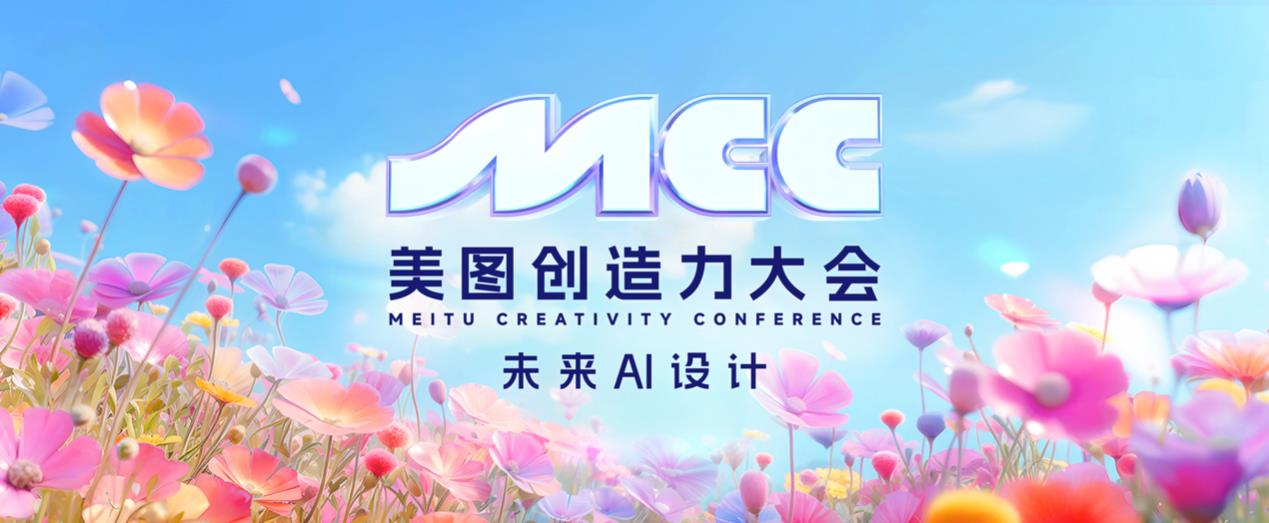
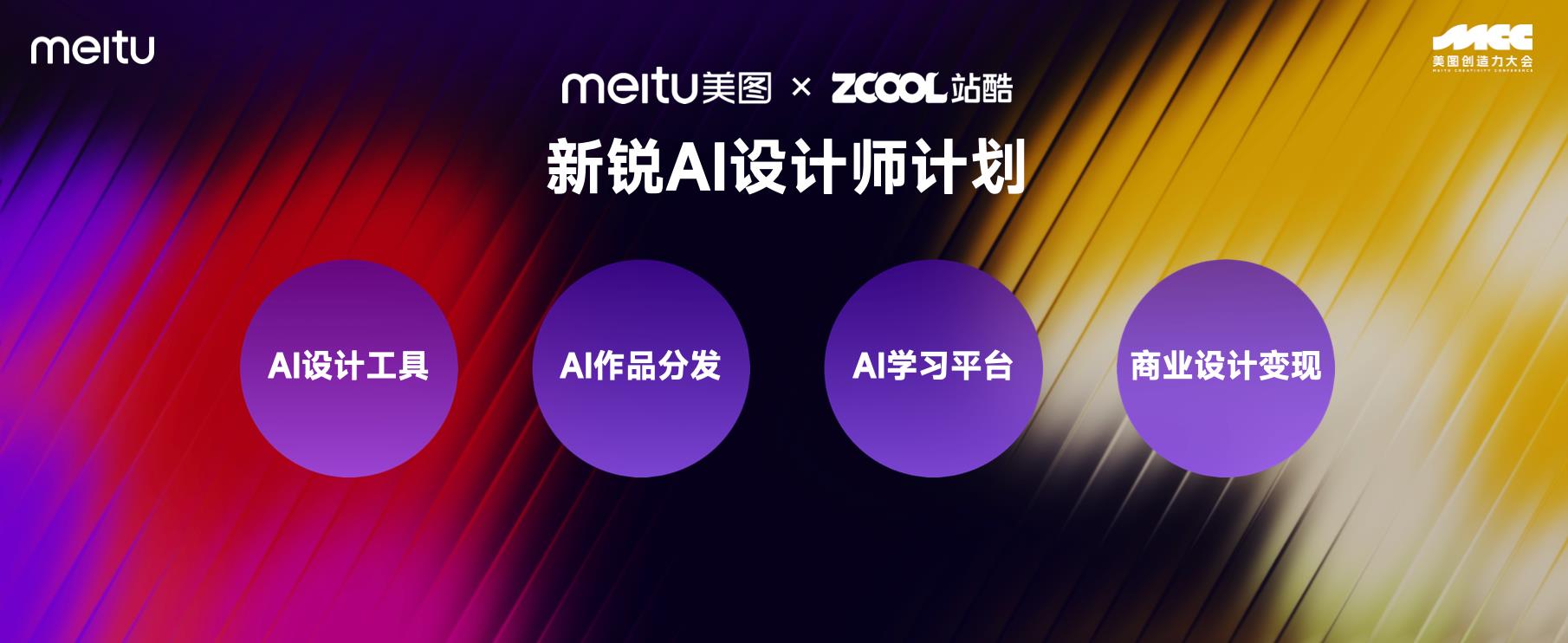

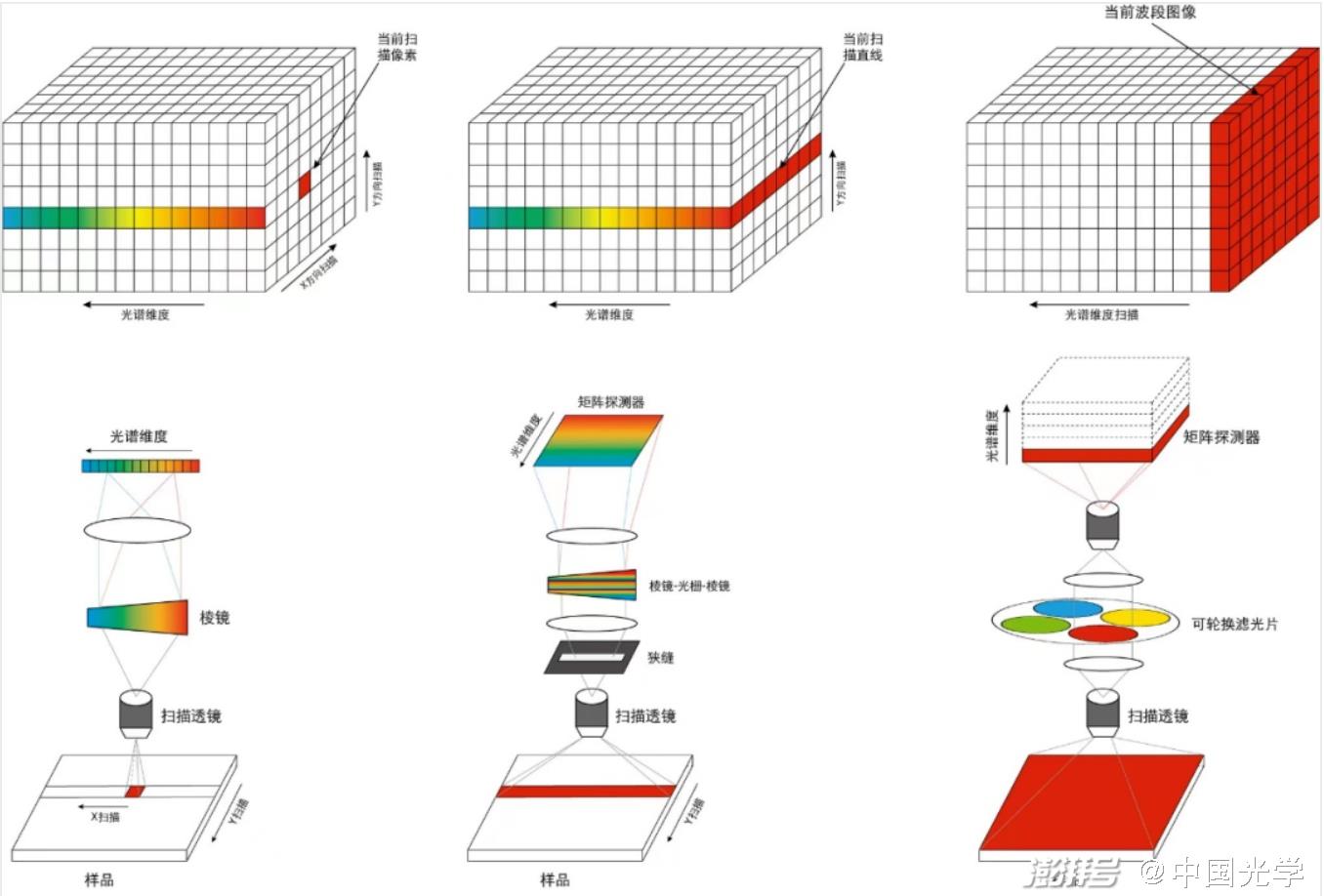
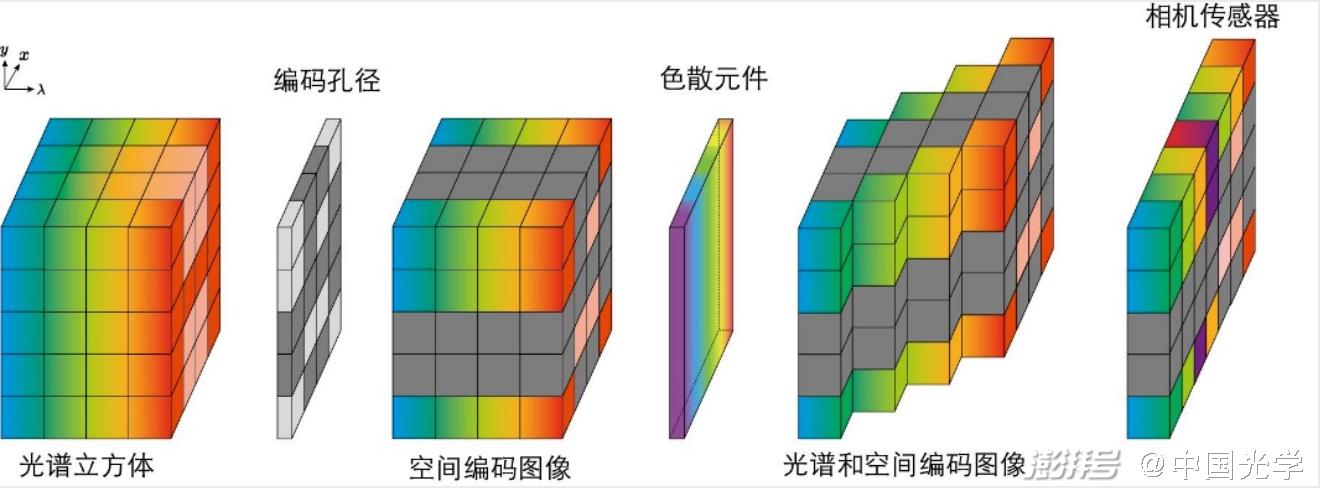
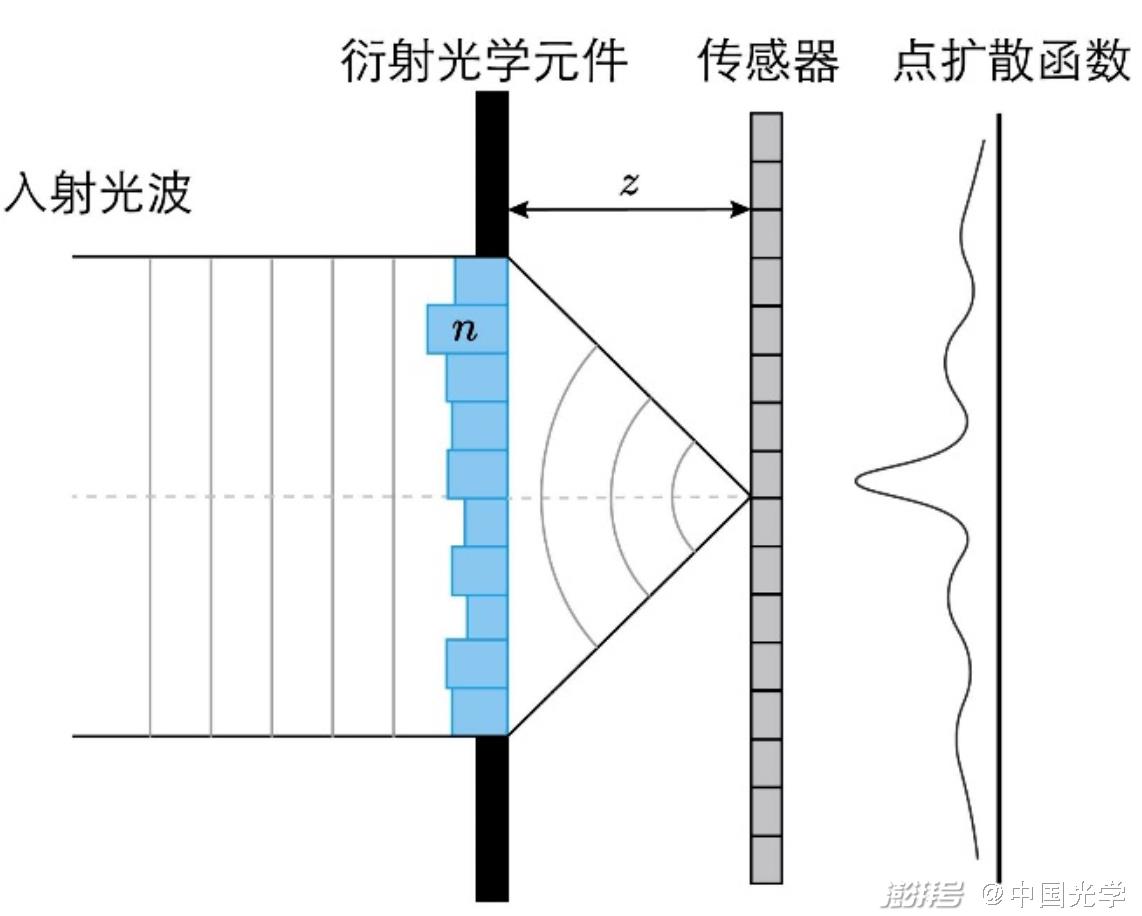
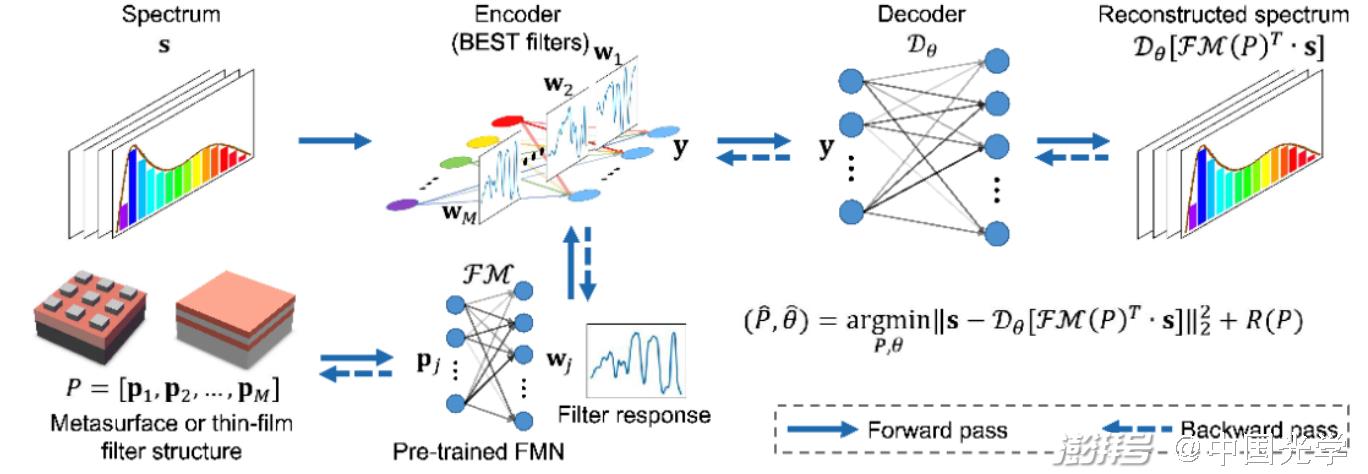











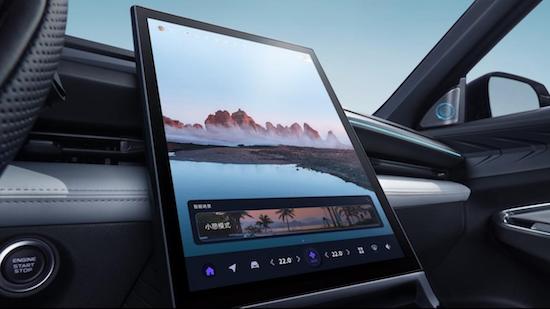

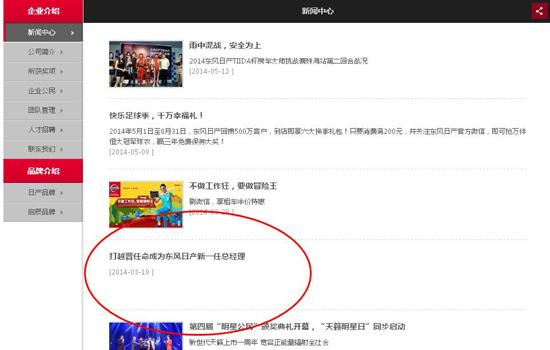
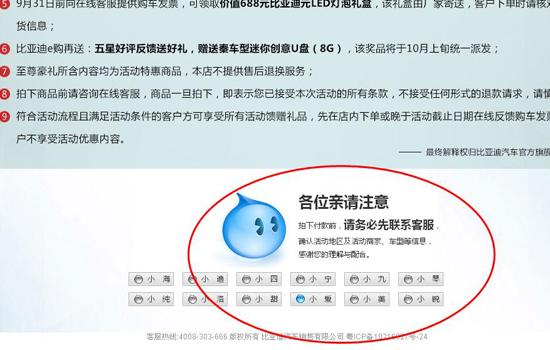
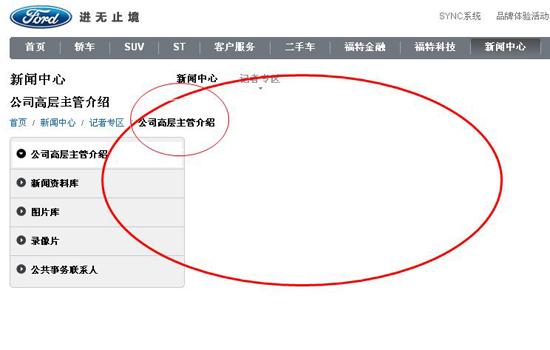

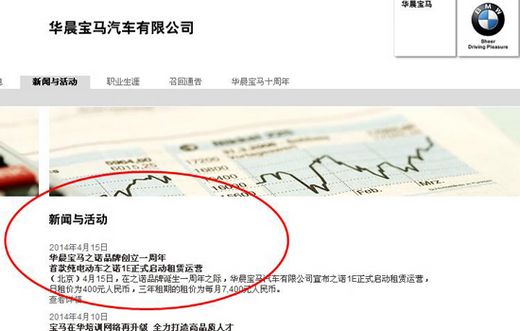

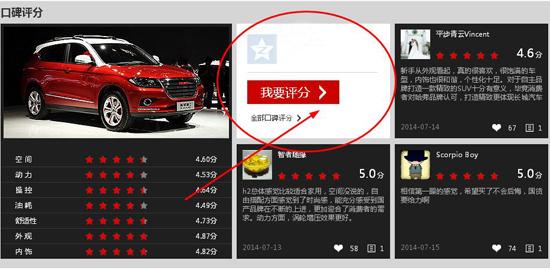
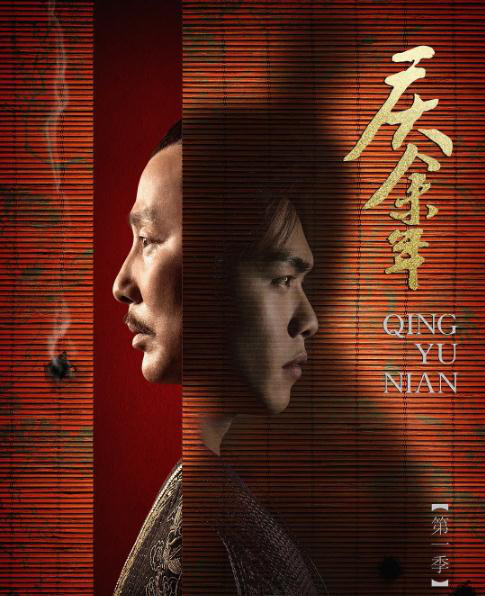

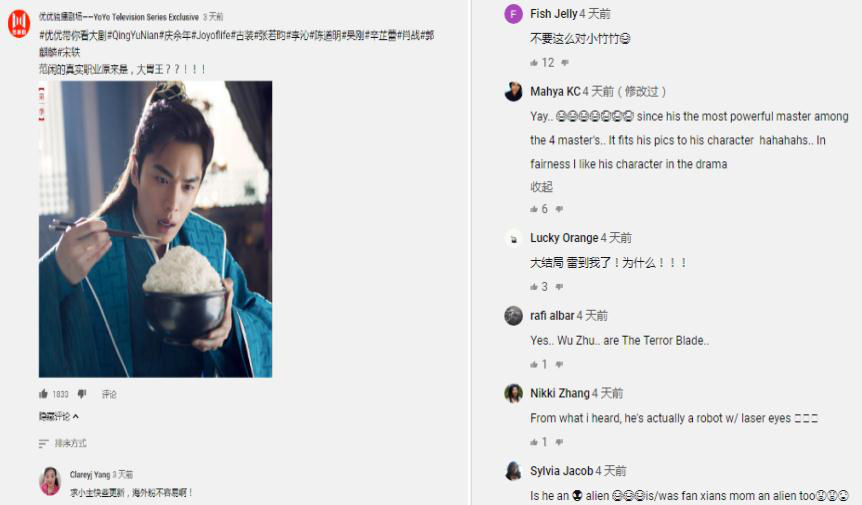

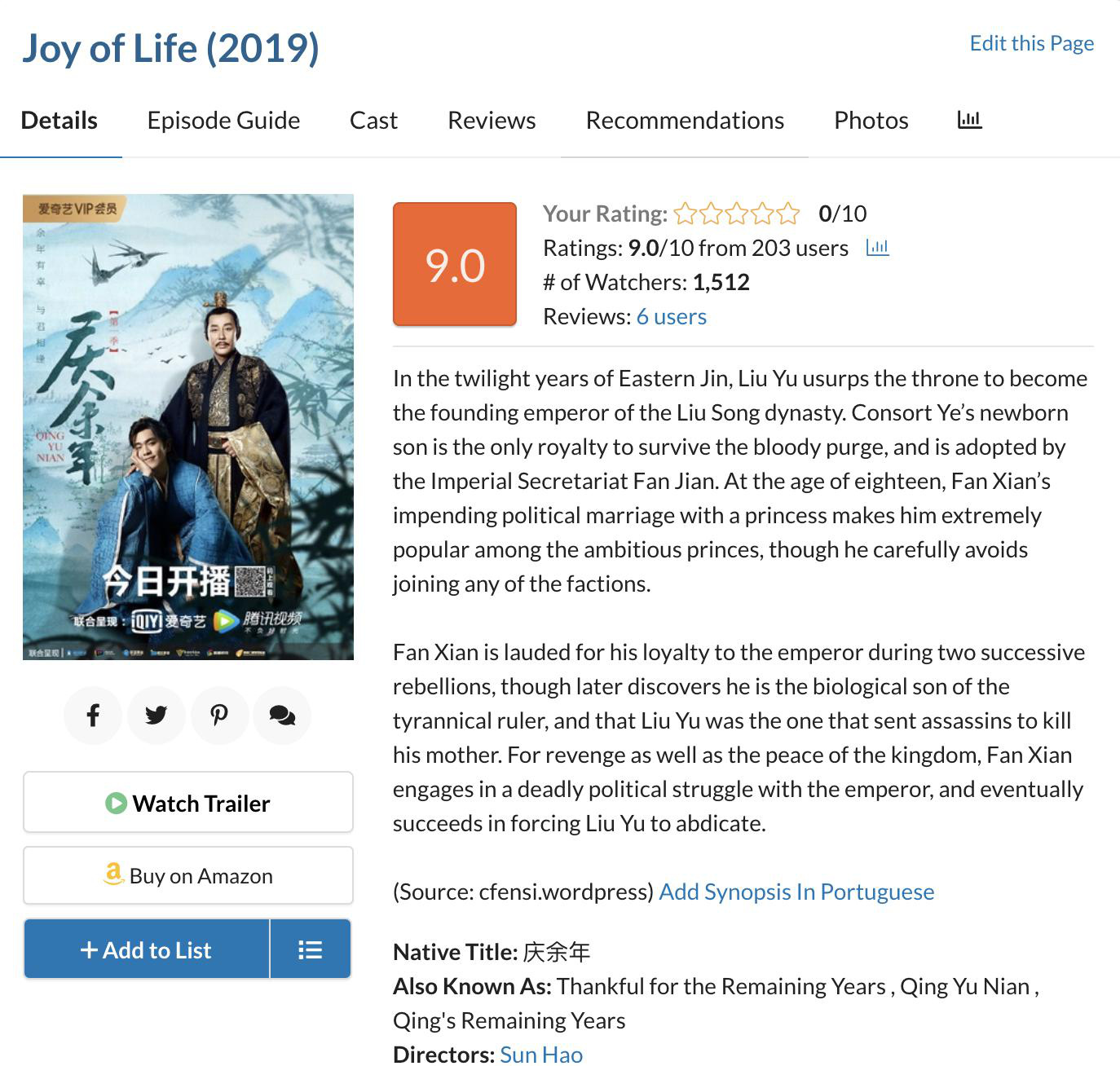 Mydramalist Rating
Mydramalist Rating